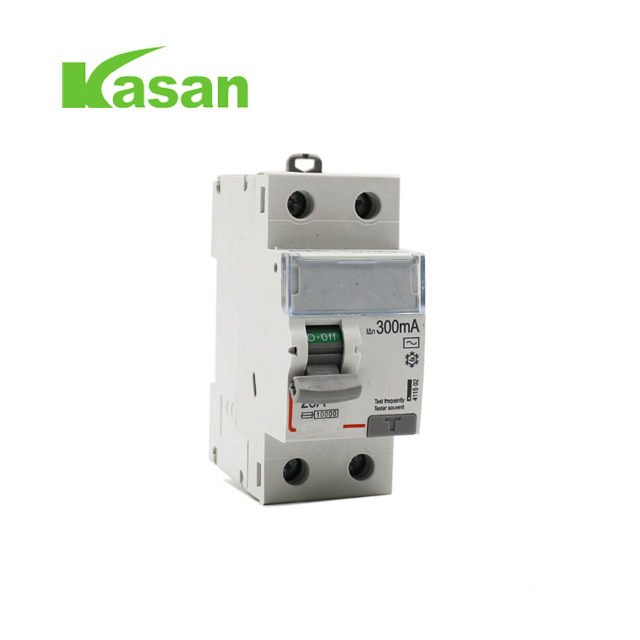- English
- Español
- Português
- русский
- Français
- 日本語
- Deutsch
- tiếng Việt
- Italiano
- Nederlands
- ภาษาไทย
- Polski
- 한국어
- Svenska
- magyar
- Malay
- বাংলা ভাষার
- Dansk
- Suomi
- हिन्दी
- Pilipino
- Türkçe
- Gaeilge
- العربية
- Indonesia
- Norsk
- تمل
- český
- ελληνικά
- український
- Javanese
- فارسی
- தமிழ்
- తెలుగు
- नेपाली
- Burmese
- български
- ລາວ
- Latine
- Қазақша
- Euskal
- Azərbaycan
- Slovenský jazyk
- Македонски
- Lietuvos
- Eesti Keel
- Română
- Slovenski
- मराठी
- Srpski језик
What are the types of leakage circuit breakers?
2023-09-01
Leakage circuit breakers, also known as residual current circuit breakers (RCCBs) or ground fault circuit interrupters (GFCIs), are electrical devices designed to protect against electrical shocks and fires caused by ground faults or leakage currents. These currents can occur when there's an unintended path for current to flow from the circuit to the ground, potentially putting people and property at risk. There are two main types of leakage circuit breakers:
Two-Pole RCCB/GFCI: This type of circuit breaker monitors the current balance between the live and neutral conductors of a circuit. If there's an imbalance due to leakage current, which could be caused by a fault or accidental contact with a conducting path, the circuit breaker trips and interrupts the current flow. Two-pole RCCBs are commonly used to provide protection in electrical installations where there are separate circuits for live and neutral conductors.
Four-Pole RCCB/GFCI: Four-pole RCCBs provide additional protection by monitoring both the live and neutral conductors of two separate circuits. This type of RCCB is used in applications where two or more circuits need to be simultaneously disconnected when a fault is detected in any of the monitored circuits. For example, in situations where multiple-phase equipment is used, such as in industrial installations, a four-pole RCCB can provide comprehensive protection.
Additionally, there are variations of leakage circuit breakers that are designed to cater to specific applications and requirements:
Selective RCCB: Selective RCCBs are designed to coordinate their tripping characteristics with downstream circuit breakers or fuses. This ensures that only the circuit with the fault is disconnected, minimizing disruption to other parts of the installation.
Type A RCCB/GFCI: Type A RCCBs are capable of detecting both sinusoidal and pulsating direct currents, making them suitable for installations with electronic equipment that can produce pulsating leakage currents.
Type B RCCB/GFCI: Type B RCCBs offer a higher level of sensitivity and can detect a wider range of fault currents, including those caused by appliances with electronics and variable-speed drives.
Portable RCCB/GFCI: These compact and portable devices can be plugged into a standard outlet to provide temporary protection against ground faults. They are commonly used for outdoor applications, such as power tools used in construction sites.
It's important to choose the appropriate type of leakage circuit breaker based on the specific requirements and characteristics of the electrical installation. Proper selection and installation of these devices contribute to electrical safety by reducing the risk of electric shock and fire hazards caused by ground faults and leakage currents.





